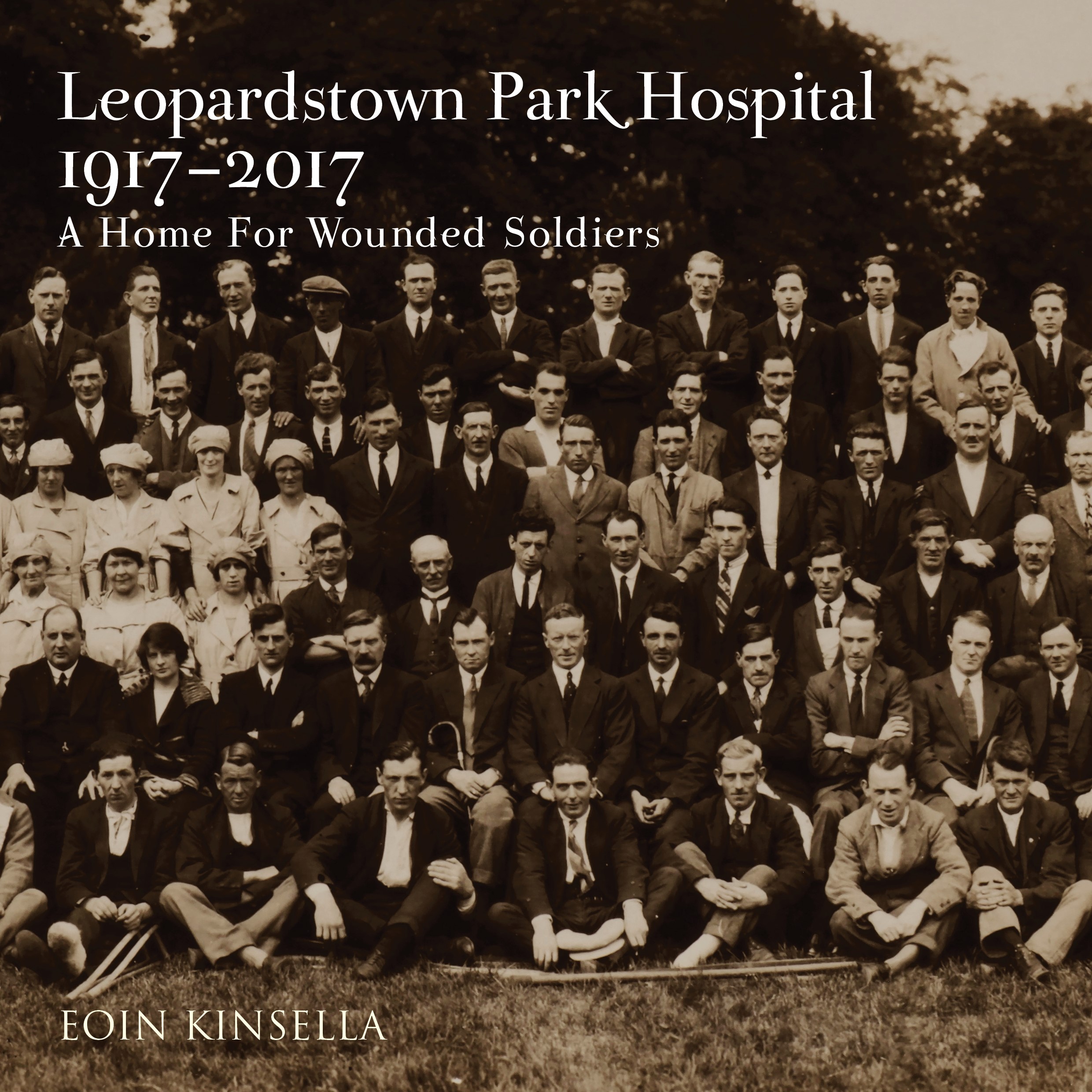History
In October 1917 Gertrude Dunning gifted Leopardstown Park, a magnificent country manor set in 100 acres of parkland, to the British Ministry of Pensions. Prompted by the devastation of the First World War, the gift came with a single condition – the house and its grounds were to be used to treat soldiers who had been disabled while serving with the British forces. As the First World War had dragged on, the sheer number of wounded and disabled soldiers returning to Ireland quickly overwhelmed existing hospitals. Leopardstown Park’s transformation into a hospital was mirrored across the country, with more than 100 voluntary hospitals established between 1914 and 1918 to help meet demand. Uniquely among these hospitals, however, Leopardstown Park had been gifted in trust to the British government for as long as it was needed to treat war pensioners. Originally a convalescent home for shell-shocked veterans, the hospital provided general medical care and artificial limb maintenance from 1931 onwards. Though financed and managed by the British government, the vast majority of its patients were Irish citizens. Having solely admitted British forces ex-servicemen for the first six decades of its existence, the hospital opened its doors to the wider Irish public in the 1970s. In the midst of difficult Anglo-Irish diplomatic relations as the violence in Northern Ireland intensified, the Irish and British governments successfully negotiated the transfer of Leopardstown Park Hospital to the Irish Department of Health in 1979. While its patient profile has evolved dramatically in the decades since, Leopardstown Park Hospital has retained its close connection with the British ex-service community. On 17 June the hospital will mark its centenary with a concert and the launch of Leopardstown Park Hospital, 1917–2017: A Home For Wounded Soldiers, written by historian Dr Eoin Kinsella.
Since its establishment the Board has worked to develop and improve the facilities of the hospital and cater for its traditional role in the care and treatment of ex-service personnel. The early eighties saw the first female patient admitted to the hospital for residential care. The Hospital has expanded its range of services and has developed into a specialist Hospital for the care of older persons and provides a broad range of services including sub-acute rehabilitation, respite care, residential care, welfare home (supported living for clients with low dependency needs) and day care services. The Hospital sits at the interface between the acute and community sectors and supports older persons and the two sectors in this context.
The Hospital is currently in the process of refurbishment of its “nightingale” wards to enhance privacy and is also planning the full replacement of the Hospital with a modern purpose built setting that meets the full needs of older person’s and can ensure suitability of these key services to the community. It is anticipated that the Hospital replacement will be completed in 2021.
